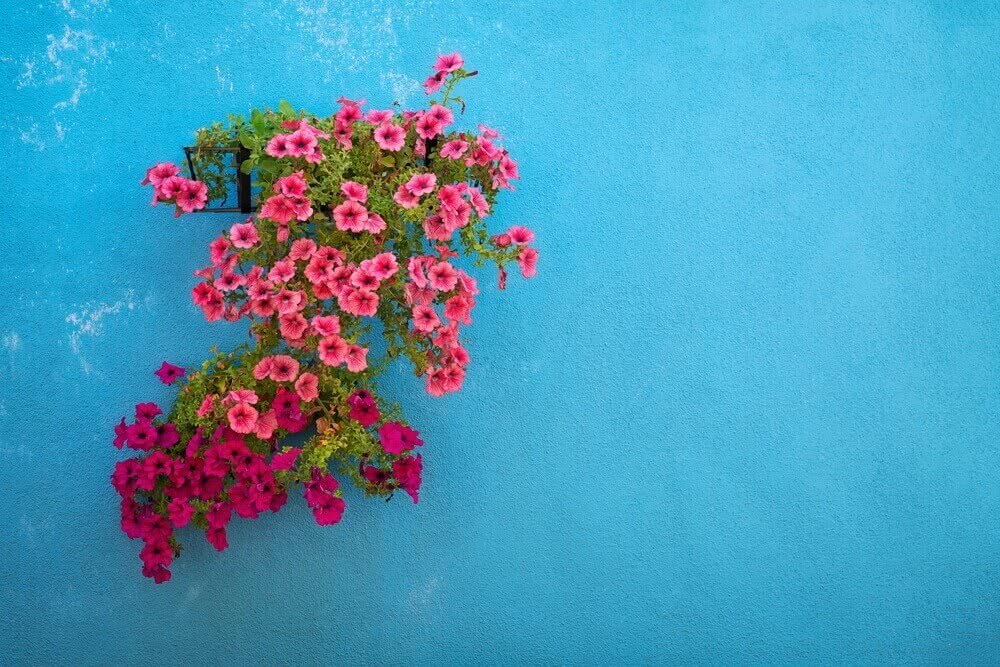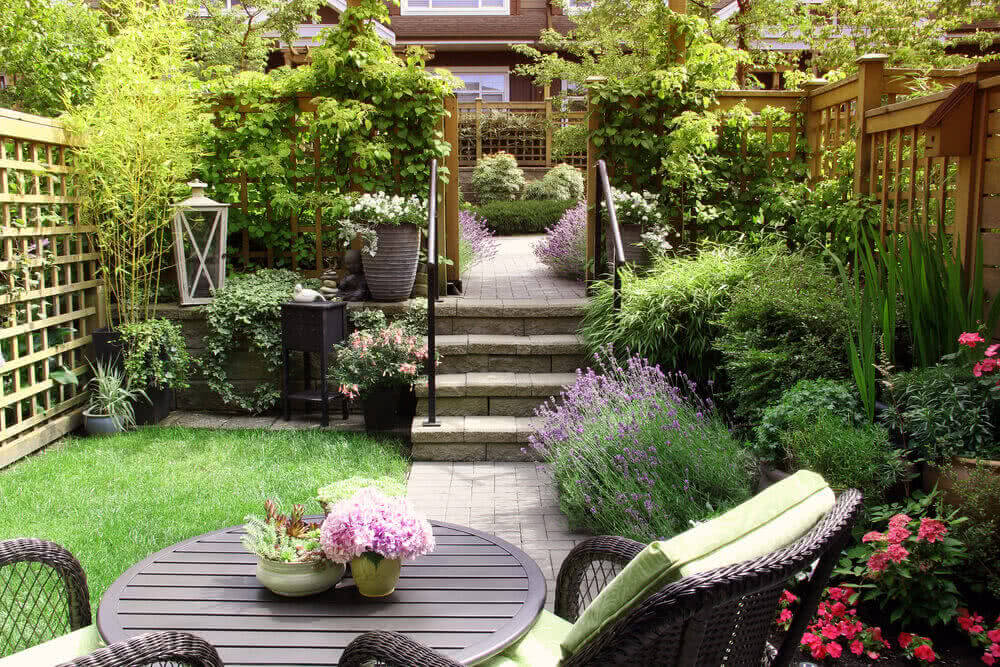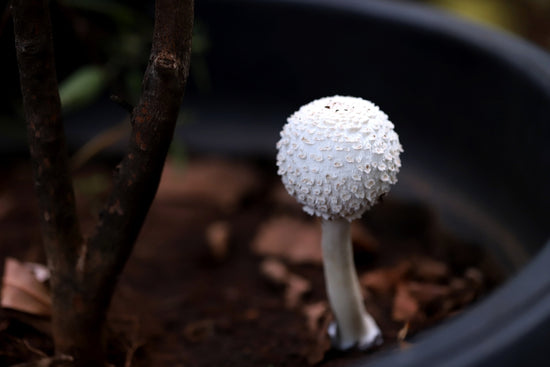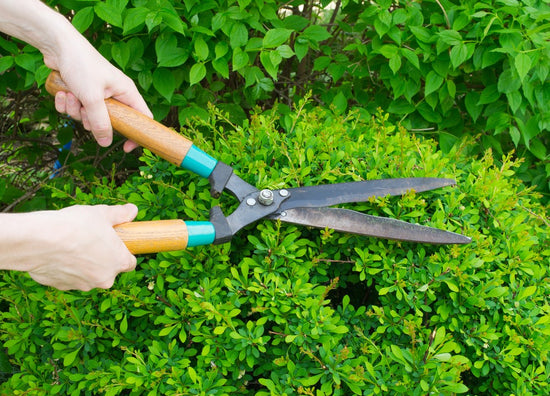Because very little can be done to alter this sort of garden structurally, it is best to direct any efforts towards improving the environment and devising a strategy that helps plants survive, or at least ensure lots of lush-looking plants to flourish despite the handicaps.
Wish to create a lovely balcony garden or paint your veranda green? Read Creating Gardens on Balconies and Verandas here.
Not all the techniques discussed here will apply to your garden, but most of them can be adapted to suit even the most unpromising site.

1. Using Lighting
Garden lights can extend the hours of enjoyment you derive from your garden, and you don’t need many of them for a lot of impact in a small area. You can illuminate most of the space-useful if you often relax in the evening - or use just one or two spotlights to pick out dramatic elements in the design. Some can be swivelled so that you can highlight different features. For subtle lighting, a cheaper and attractive option is to use lanterns which hold candles.2. Painting the Walls
In a garden enclosed by walls or fences, you need to do everything possible to reflect light and make the background bright and cheerful. Painting the walls using a pale colour will improve things dramatically.
3. Using Trellis
A trellis can be used as a decorative feature in its own right, or as a plant support. If you want to make a feature of it, paint it white, but if it is used primarily as a plant support, make sure it has been treated with non-toxic preservative. Enclose unsightly downpipes in a trellis ‘box’ over which you can grow an evergreen climber such as ivy. Read about Trellis: Types of garden support and DIY Trellis.
4. Adding Water Features
The sound of running water is refreshing on a summer’s day, and in a small area, you only need a trickle to do the job. A wall spout (with a tiny pool at ground level, from which the water is recirculated) or a self-contained wall fountain is ideal. Read about Stunning water features for small gardens.
5. Introducing Wind Chimes
Wind chimes look and sound good. Choose one primarily for the sound it makes.
6. Training Wall Shrubs
Cover some of the walls with climbers, but try espalier or fan-trained fruit trees or espalier pyracanthas too.
7. Furnishing in Style
White-painted furniture looks bright in a small, enclosed garden, but don’t add too much furniture or the area will look cluttered rather than elegant.
8. Using Containers With Character
If the area is small, make everything work for its space. Instead of plastic bottles, use interesting old kitchen utensils or other unexpected holders, but be sure to add drainage holes to prevent waterlogging.You could shop some beautiful containers and attractive garden decor like sculptures or pebbles from Ugaoo.com

9. Focal Points in the Shade
Basement areas and enclosed backyards are often inhospitable for plants - the light is poor, and the walls keep off much of the rain. If also, you have a tree that casts shade, even the shade-loving plants will struggle. Use the positions for ornaments or make them into focal points.Pick up some Birdhouses, Garden Sculptures or Animal Planters from India’s favorite green online store - Ugaoo.com
10. Planting Ferns
Ferns do well in a cool, shady spot, so use them freely in too dull areas. Try a collection of hardy ferns- they won’t look flat if you nestle an attractive ornament among them, or include white flowers, perhaps backed by a white wall. On a hot summer’s day, space will be a cool and tranquil oasis.
11. Growing White-flowered Plants
Use pale flowers if the area lacks direct sun. You won’t be able to use plants that need strong sunlight, but fortunately, some of the best white-flowering plants are shade-tolerant. Try white varieties of impatiens and white nicotianas, for example. White flowers will show up more brilliantly than coloured ones in a dull spot.12. Introducing Exotics
Gardens enclosed by walls can be hot and sunny too, and being sheltered provides the ideal environment for many exotic plants to grow successfully. Try a few bold houseplants to create a tropical effect.13. Making the Most of the Steps
Open railings can be used as supports for attractive climbers, planted in pots at the base of the steps, but always keep them trimmed, so that wet leaves do not trail across the steps or obstruct the hand-rail. If the steps are far-reaching, place pots of bright flowers on the steps themselves to produce a ribbon of colour. Do not obstruct the steps. If there is no space on the steps, use a group of containers filled with flowers at the stairway top and bottom.
14. Fixing Window-boxes and Wall Baskets
Use windowboxes lavishly - not only beneath windows, but attached to walls too. Windowboxes, wall pots, hanging pots and half-baskets can all bring cascades of colour to a bare wall. Stagger the rows instead of placing them in neat and tidy lines.
15. Capturing the Scents
An enclosed garden is an ideal place in which to grow scented plants - the fragrances are held in the air instead of being carried off on the wind. Use plenty of aromatic plants, especially big and bold plants like Daturas, and those with a heavy perfume such as evening-scented nicotianas, roses, mogras and night-scented stocks.
Let’s Ugaoo!










